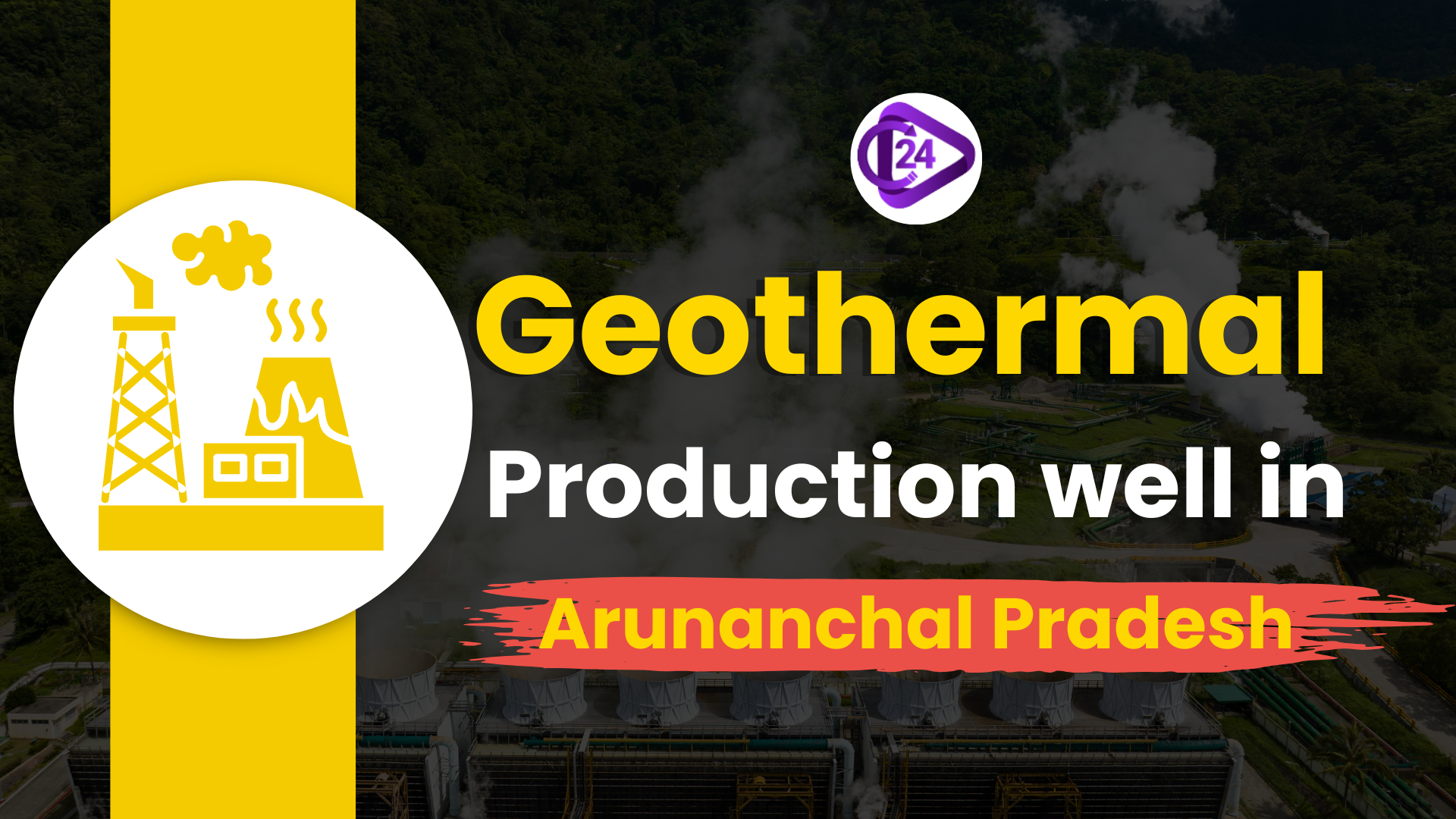
In Northeast India, the Centre for Earth Sciences and Himalayan Studies (CESHS) has achieved the first Geothermal Production well at Dirang in Arunachal Pradesh, Western Kameng district. This project is state-sponsored and also falls under the Ministry of Earth Sciences, and is one of the steps towards the positive development of energy solutions at high altitude. The recent drilling of a geothermal well in India constitutes part of India’s national trend to explore clean sources of energy as it looks for ways to fight the depleting availability of fossil fuels and the associated high carbon emissions.
Summary:
-
The first geothermal production well in Northeast India has already been drilled in Dirang and will pave the way to a greener future.
-
The project has the collaboration of worldwide and Indian organisations to utilize the geothermal energy of the region efficiently.
About the Project:
-
The Dirang area, as it falls in the medium to high enthalpy geothermal area with around 115°C temperature gradient, and rather promising geology for efficient and low-impact drilling.
-
This project is a multi-company project, where the partners include Centre of Excellence in Sustainable Structures (CESHS), Norwegian Geotechnical Institute (NGI), Icelainic firm Geotropy ehf and Guwahati Boring Service (GBS).
-
It is funded by the government of Arunachal Pradesh and the Ministry of Science and Earth Sciences, Ministry of the Government of India.
-
This has slightly shifted them towards clean and green energy solutions, especially within the high-altitude region.
What is Geothermal Energy?
-
Geothermal energy is the heat energy derived directly and indirectly from the earth surface– geo: earth, thermal-meaning heat.
-
Definition: Geothermal resources are sources of hot water which can be stored naturally or man-made to reach varying temperatures and can be located at different levels beneath the surface of the earth.
-
Uses: Direct uses involve heating buildings directly using the heat from the subsurface and generation of electricity which needs medium to high temperature heat source found in areas of tectonic activities.
-
Advantages:
-
It is cheaper and a reliable source of power since it does not depend on variables such as wind or sun for its source of energy.
-
It can work throughout the year without having to close down.
-
It handles load variations efficiently.
-
It can also serve as a backup power source to renewable and unpredictable power sources such as the solar and the wind power.
-
Do You Know?
-
Geothermal energy is one of the renewable sources of energy that is available all the times, in form of heat in the surface of the earth as illustrated by the hot springs or geysers.
-
It ensures the maximum utilization of the plant capacity throughout a year.
-
Globally, the United States, Indonesia, Philippines, Turkey and New Zealand are in the lead in this area.
-
India’s Growth can be assessed as follows: According to the Geological Survey of India, the country has the potential of 10 GW.
Applications of Geothermal Energy:
-
Energy generation: Geothermal provides heating and cooling with heat pumps and electricity generation with Geothermal power plants and direct use heat sources.
-
Agriculture: Geothermal energy finds application in fruit, nut, and meat drying, space heating, and controlled atmosphere storage beneficial for agriculture and abode in the high altitude regions.
Concerns:
-
Natural Calamities: High-pressure water injection leads to a couple of minor earthquakes; areas where geothermal energy is located.
-
Huge investment: Drilling and exploration of resources are capital-intensive, hence the cost aspect is a hindrance.
-
Tectonic activities: Potential areas amenable to geothermal development can be in certain geographic areas that are tectonically active.
-
Water scarcity: Issues such as ground settlement, water scarcity, and discharge of some trace gases may occur if the use of the resource is not checked.
Suggestions and Way Ahead:
-
Sustainable energy: The discovery of oil in the North East region have been considered as a great step forward in the search for energy security of India.
-
Low carbon emissions: With this in mind, geothermal energy can be said to have a crucial role in contributing to such a future energy system.
-
Research and innovation: But it requires sustained further research, technological progress, and encouragement from government and other stakeholders for it to be fully realized.
-
PPP model: The application of public and private partnerships will be crucial in reducing the costs of drilling, enhancing the effectiveness of the technology, and incorporating geothermal on a larger scale into societies and economies.
Conclusion:
The recent drilling of the first geothermal production well in Dirang, Northeast India, has brought a novel project towards the realization of the country’s renewable energy. This makes way for more significant applications of geothermal energy in the fight against carbon emissions and in providing clean energy. Yet further increases in research, development of new technologies, and the enhancement of cooperation of government and private entities will also be crucial to India to tackle the difficulties and enhance the use of geothermal energy.



 Bid to Snatch Control of Tansen’s Tomb: Repeated Legal Challenges Over 16th Century Monument
Bid to Snatch Control of Tansen’s Tomb: Repeated Legal Challenges Over 16th Century Monument The Big AI Shake-Up: Bengaluru's Response to Workforce Disruption
The Big AI Shake-Up: Bengaluru's Response to Workforce Disruption Centre Plans Initiative to Boost Execution of Tribal Schemes
Centre Plans Initiative to Boost Execution of Tribal Schemes Shubhanshu Shukla: First Indian to Enter International Space Station
Shubhanshu Shukla: First Indian to Enter International Space Station World Famous Rath Yatra of Lord Jagannath will kick start today at Puri in Odisha
World Famous Rath Yatra of Lord Jagannath will kick start today at Puri in Odisha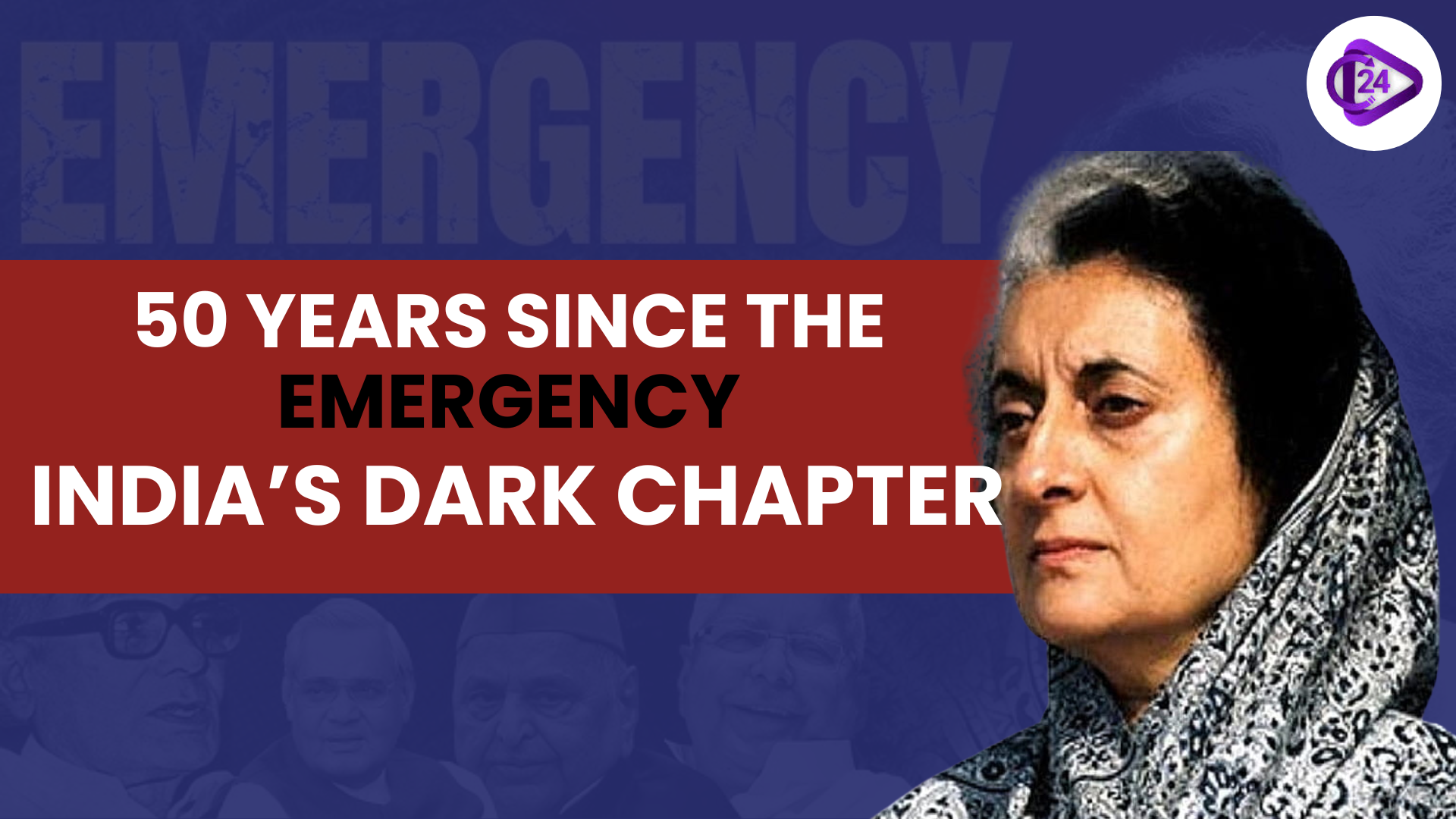 The Emergency: India’s Darkest Chapter — 50 Years Later
The Emergency: India’s Darkest Chapter — 50 Years Later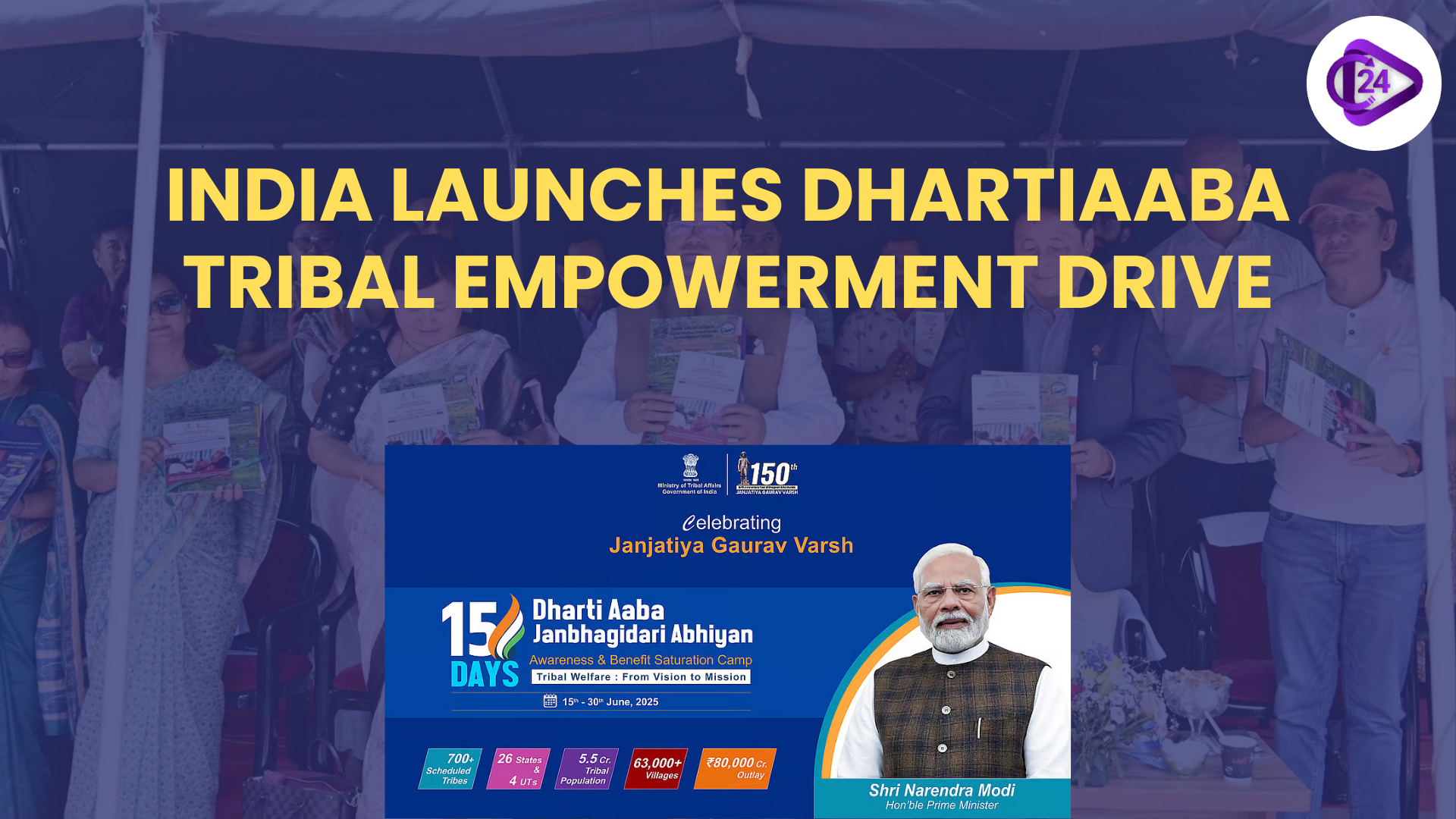 India Launches Largest-Ever Tribal Empowerment Campaign — DhartiAaba Janbhagidari Abhiyan (DAJA)
India Launches Largest-Ever Tribal Empowerment Campaign — DhartiAaba Janbhagidari Abhiyan (DAJA) For the First Time, India Breaks into Top 100 in Global SDG Rankings
For the First Time, India Breaks into Top 100 in Global SDG Rankings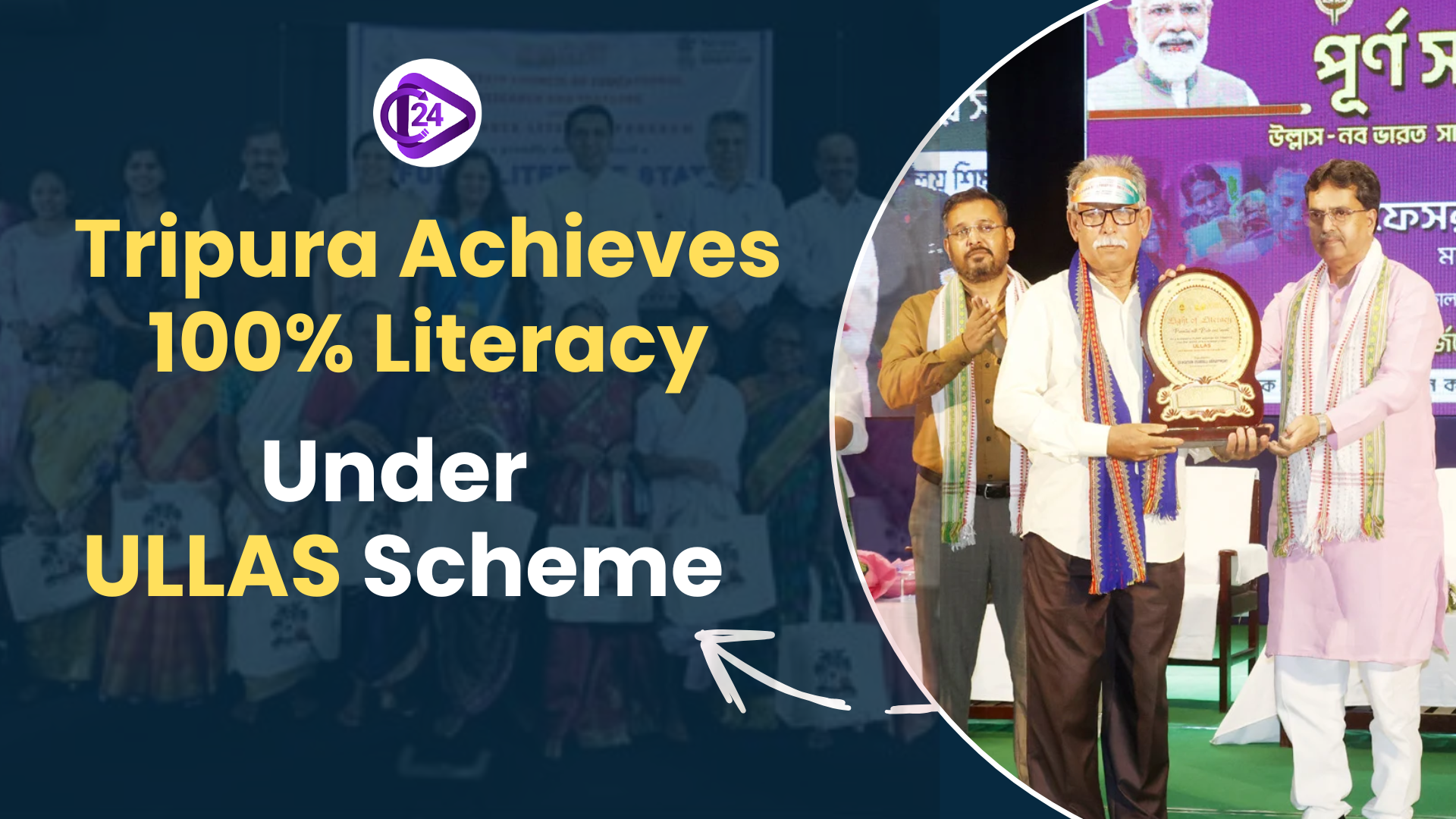 Tripura Becomes the Third State to Achieve Full Functional Literacy Under ULLAS Scheme
Tripura Becomes the Third State to Achieve Full Functional Literacy Under ULLAS Scheme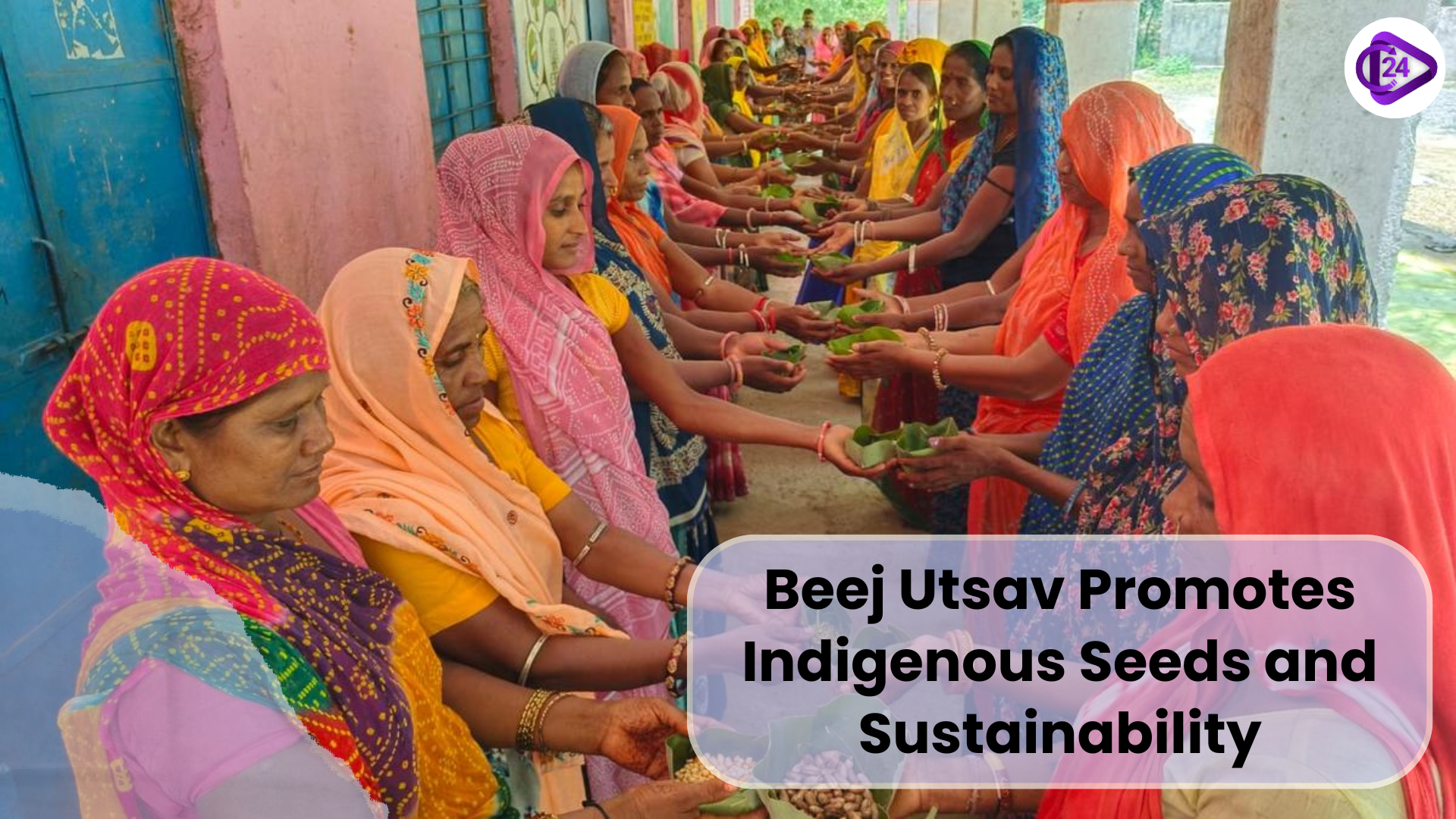 ‘Beej Utsav’ Celebrates Indigenous Seeds and Agricultural Sustainability Across 3 States
‘Beej Utsav’ Celebrates Indigenous Seeds and Agricultural Sustainability Across 3 States






